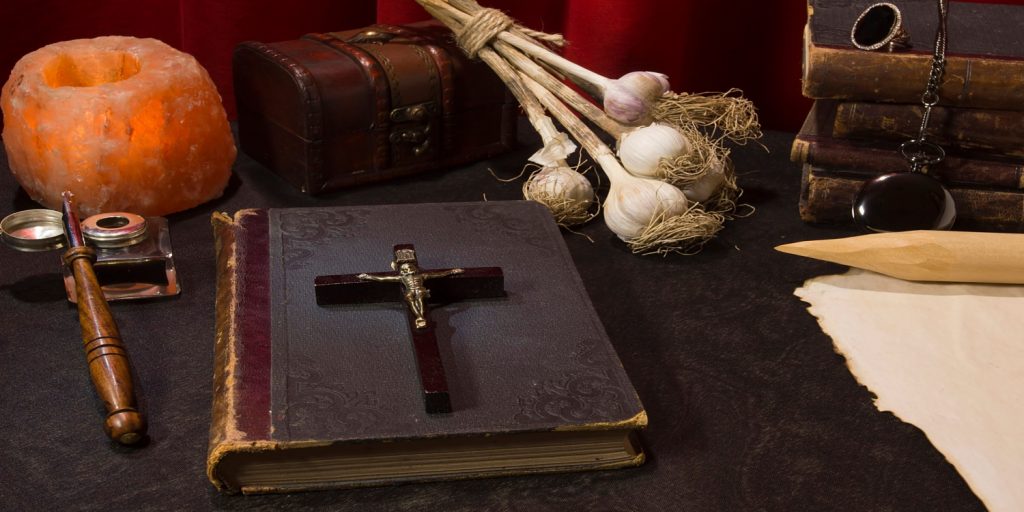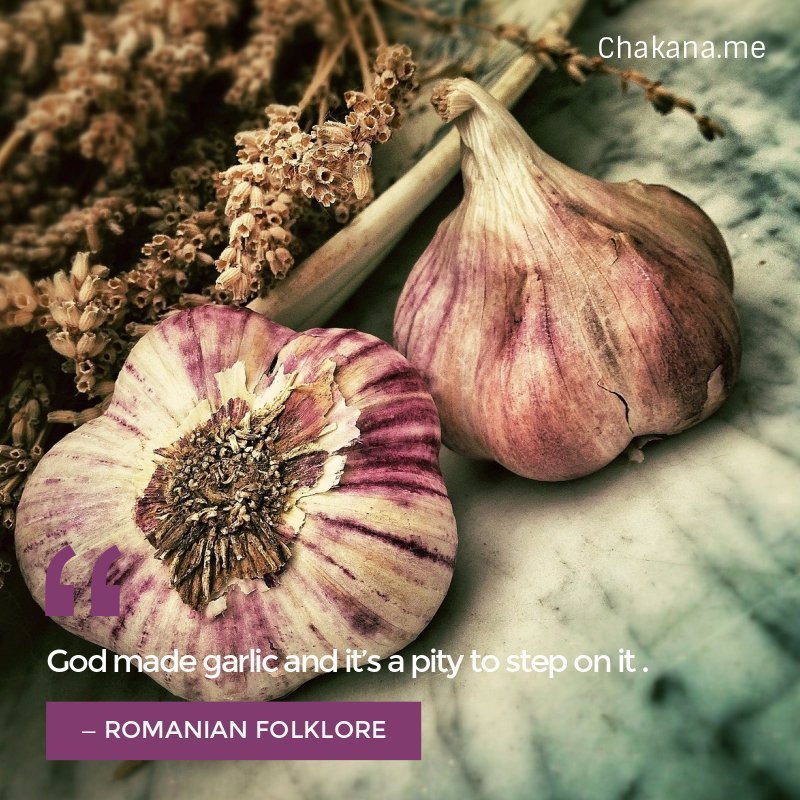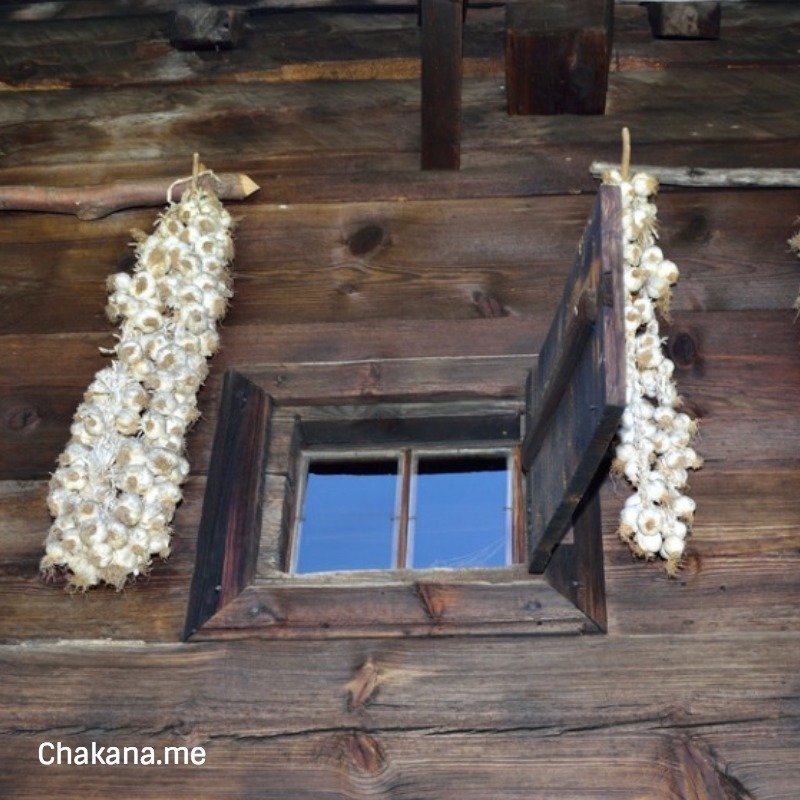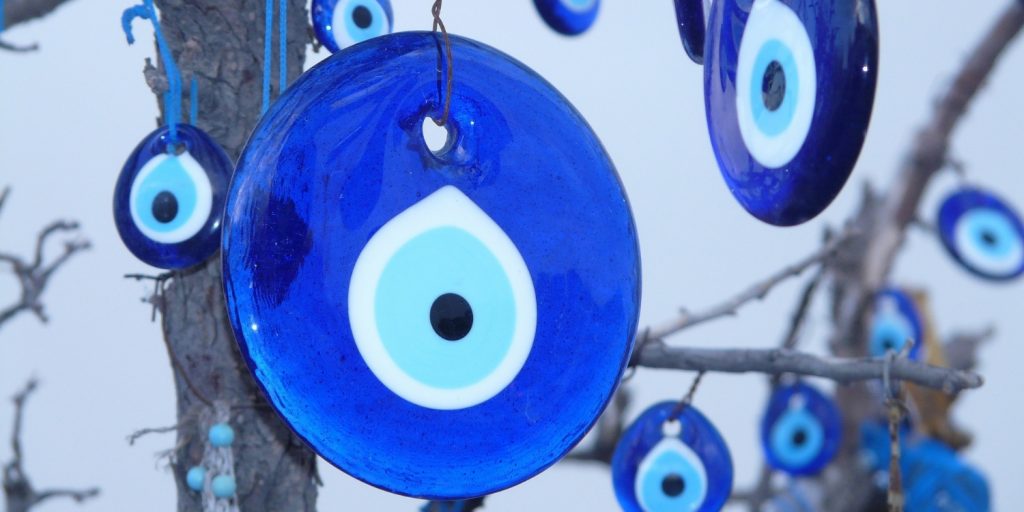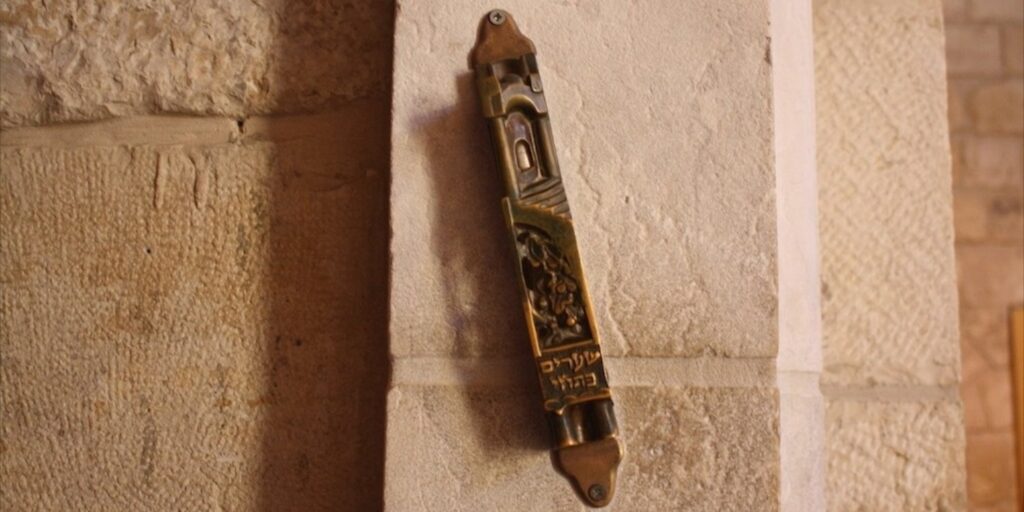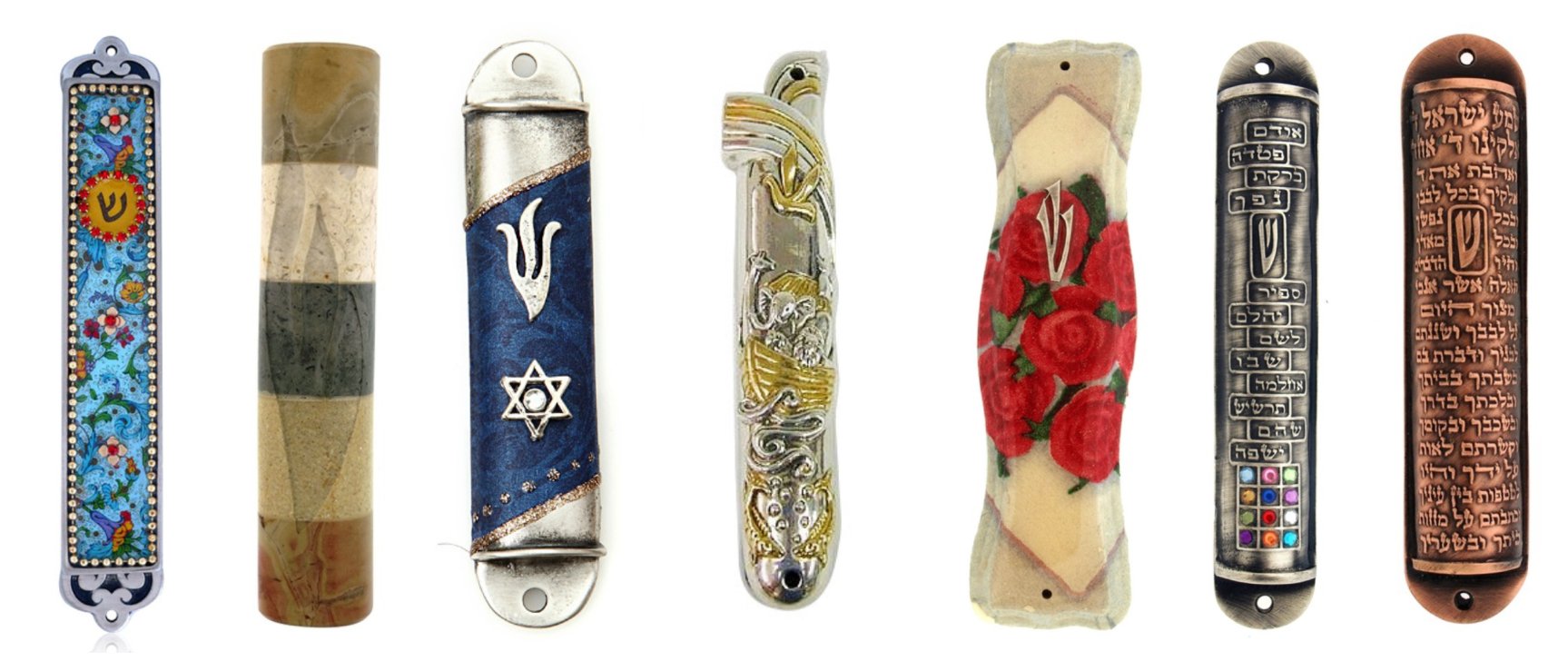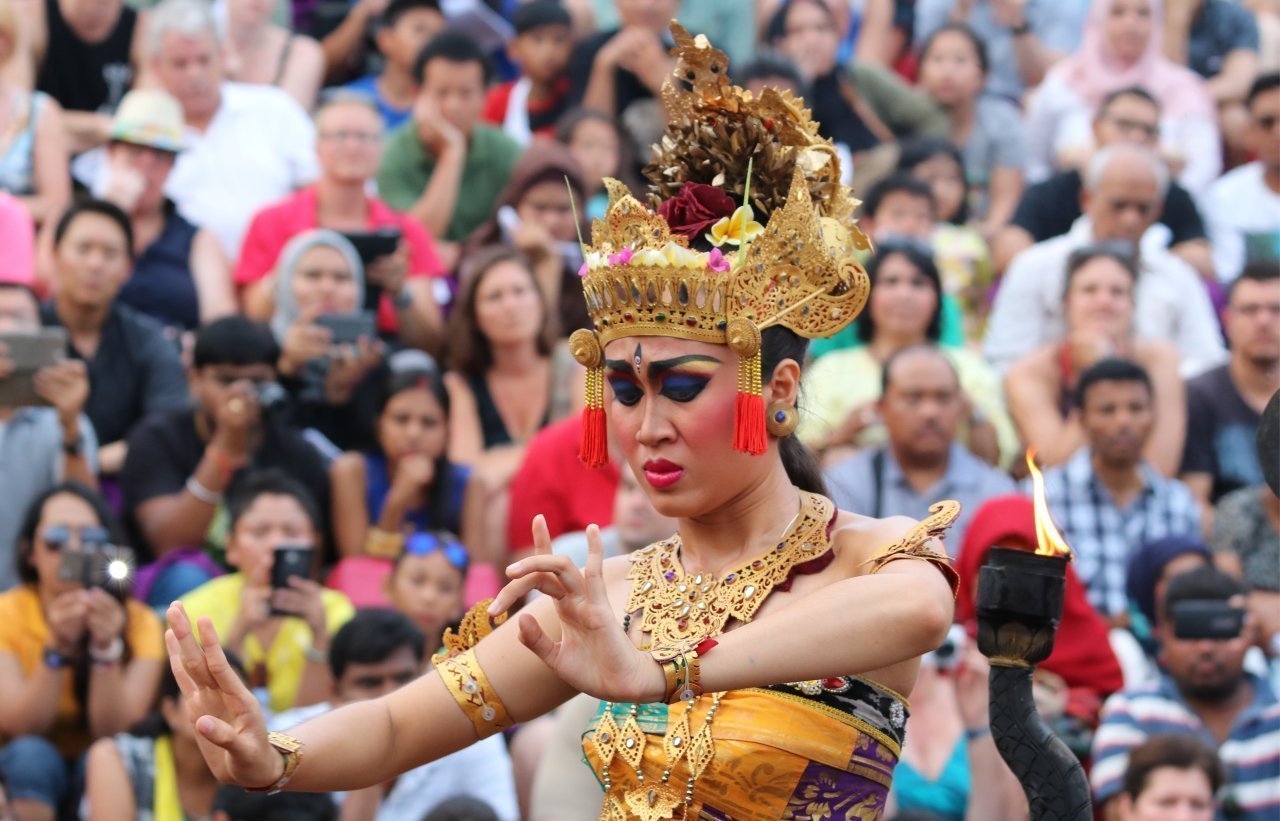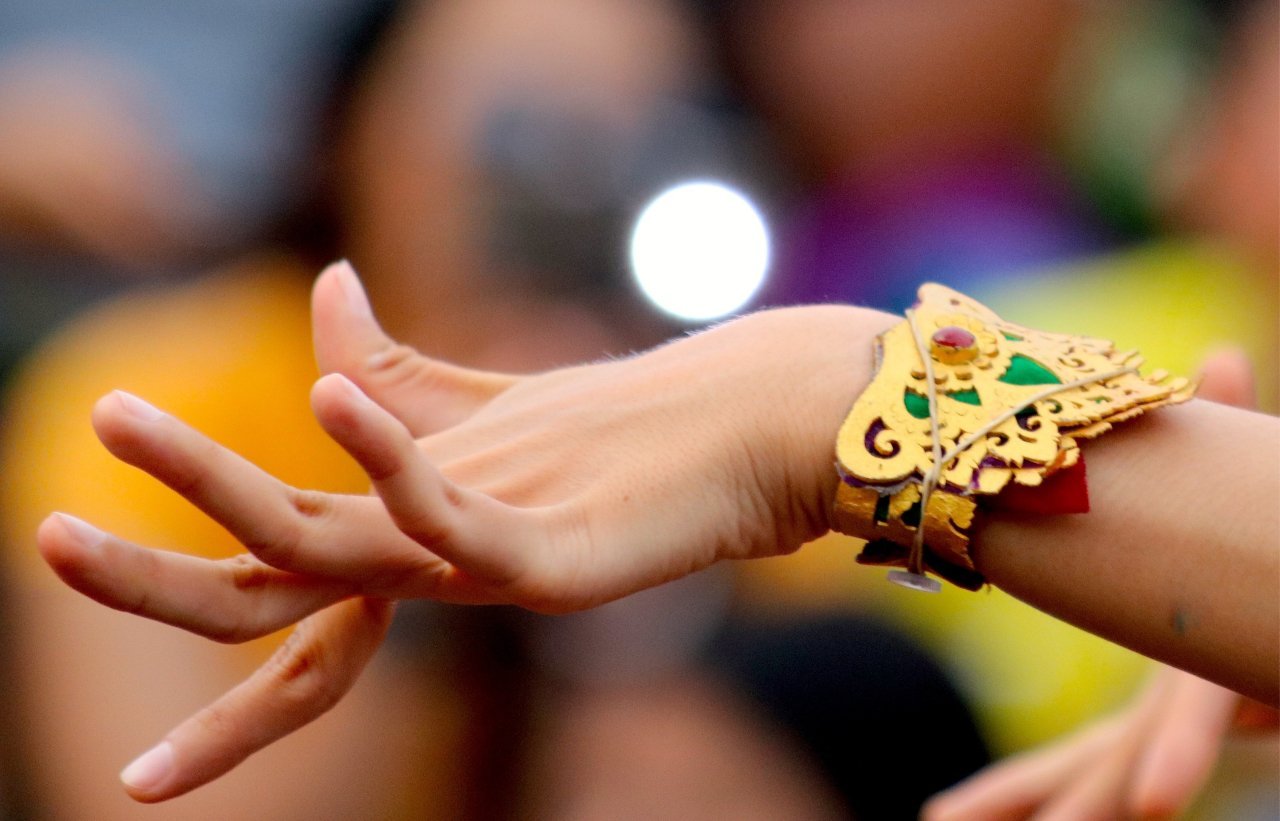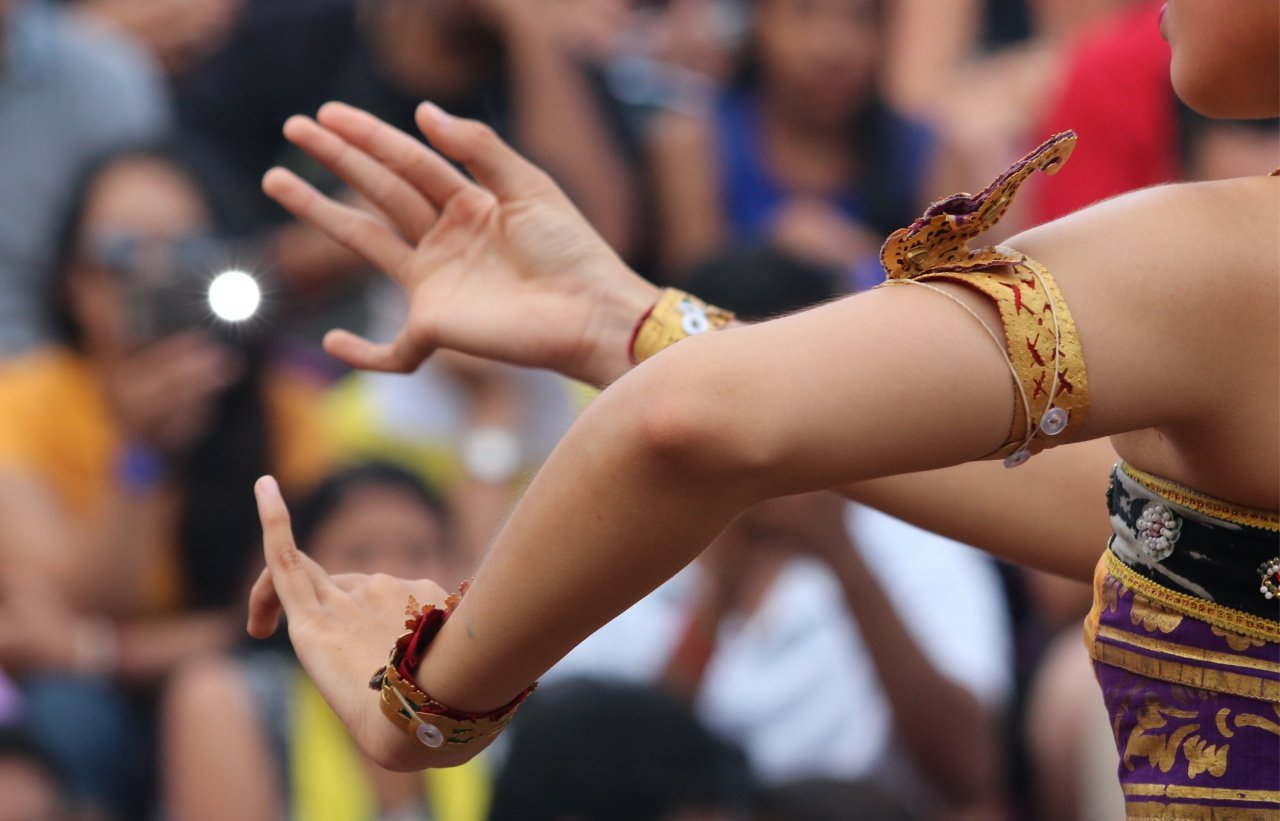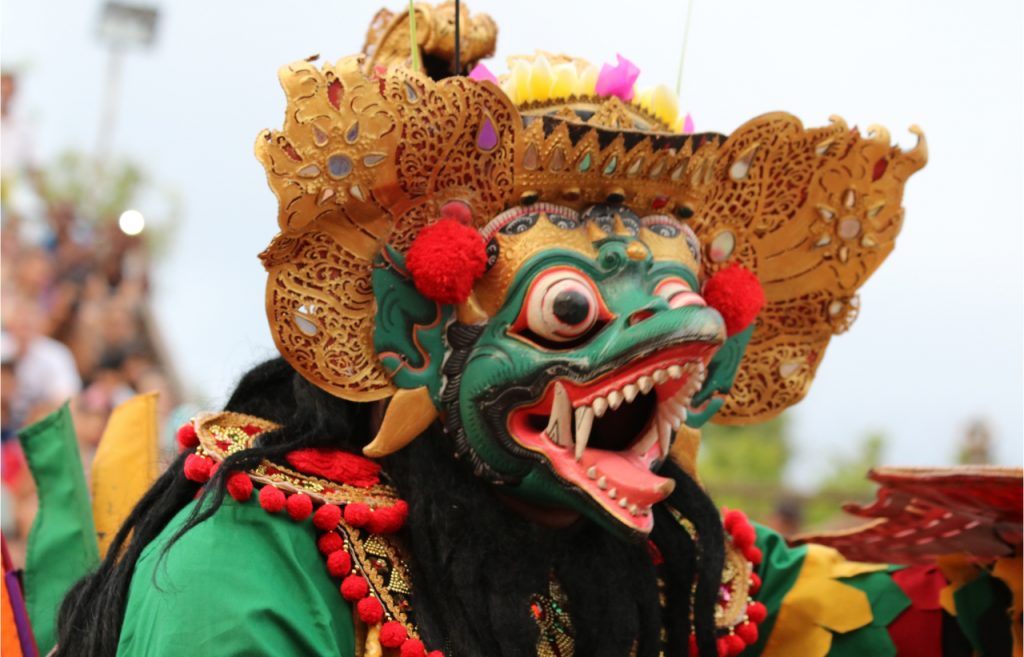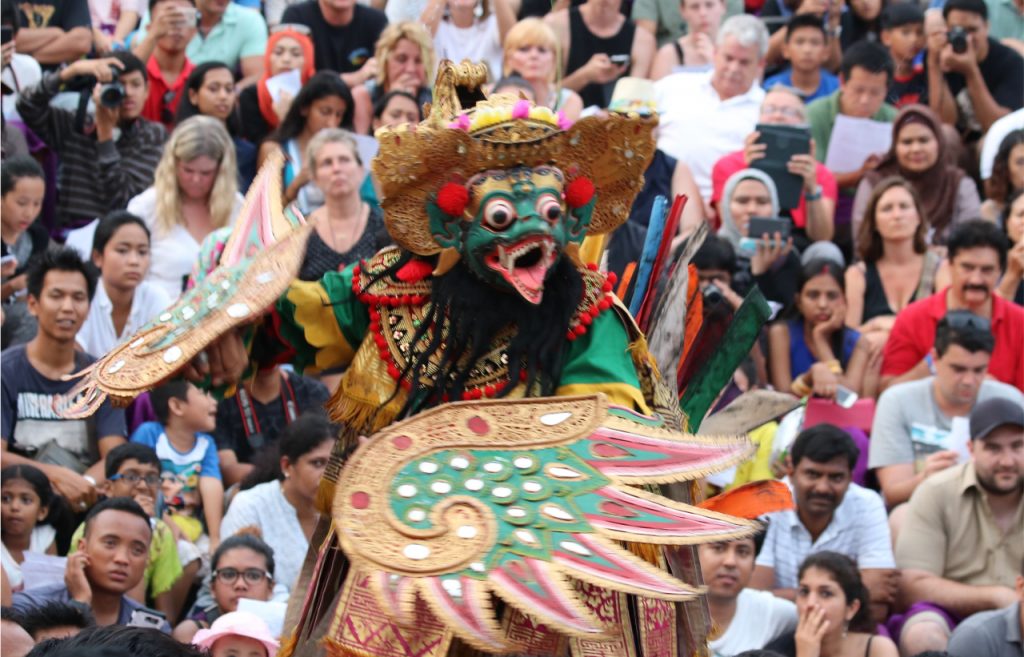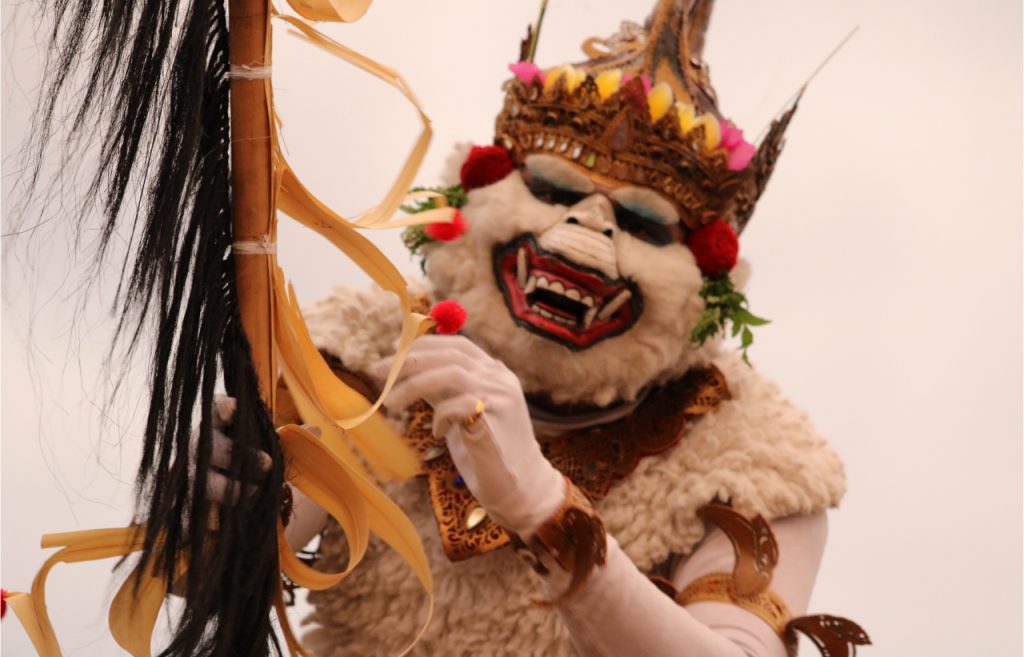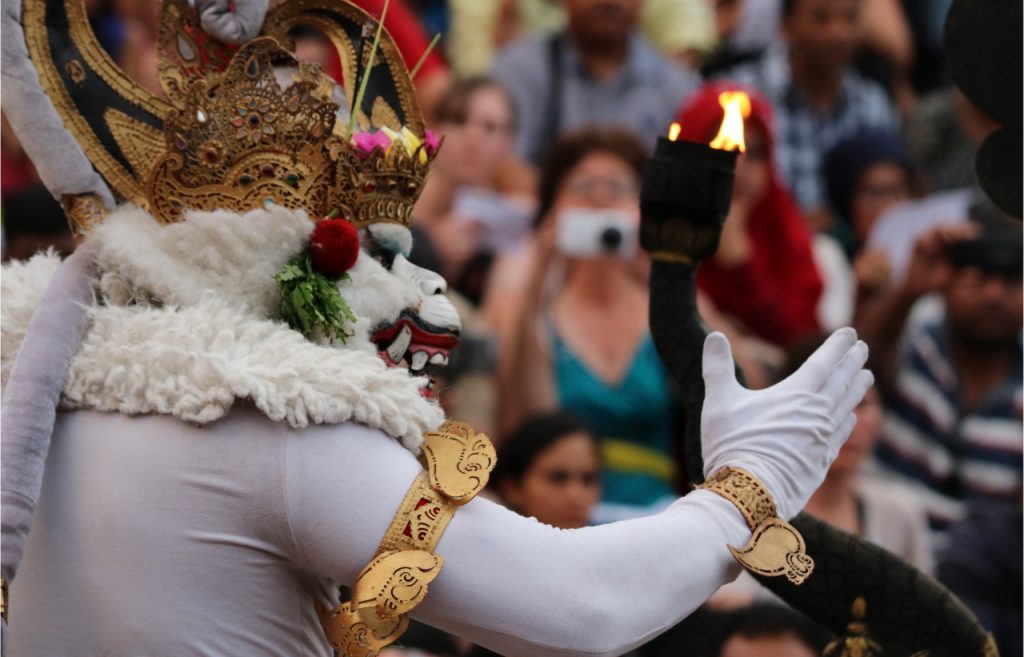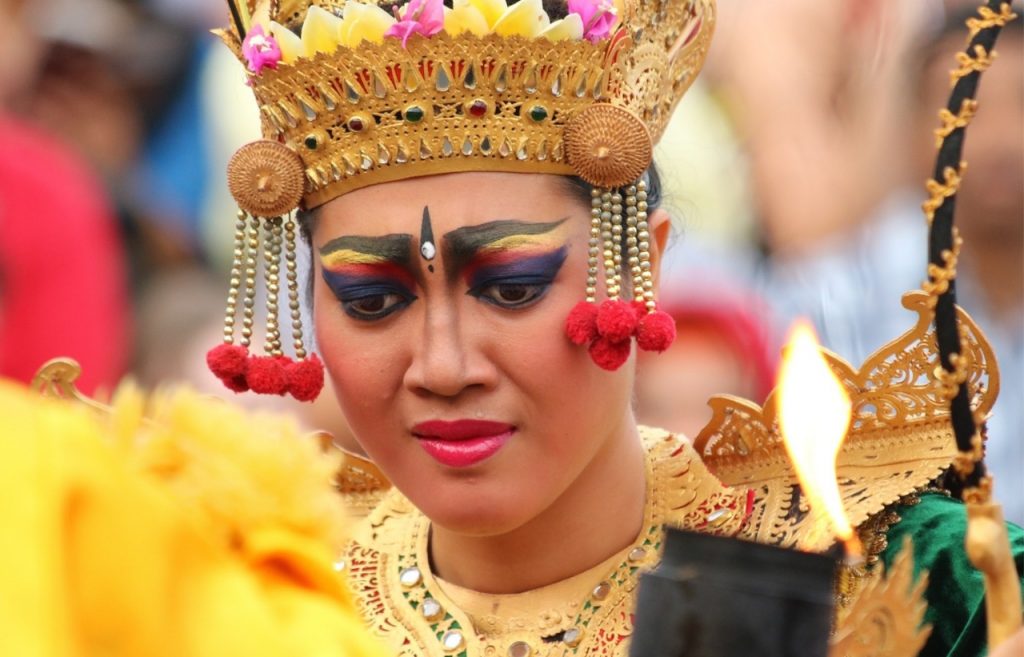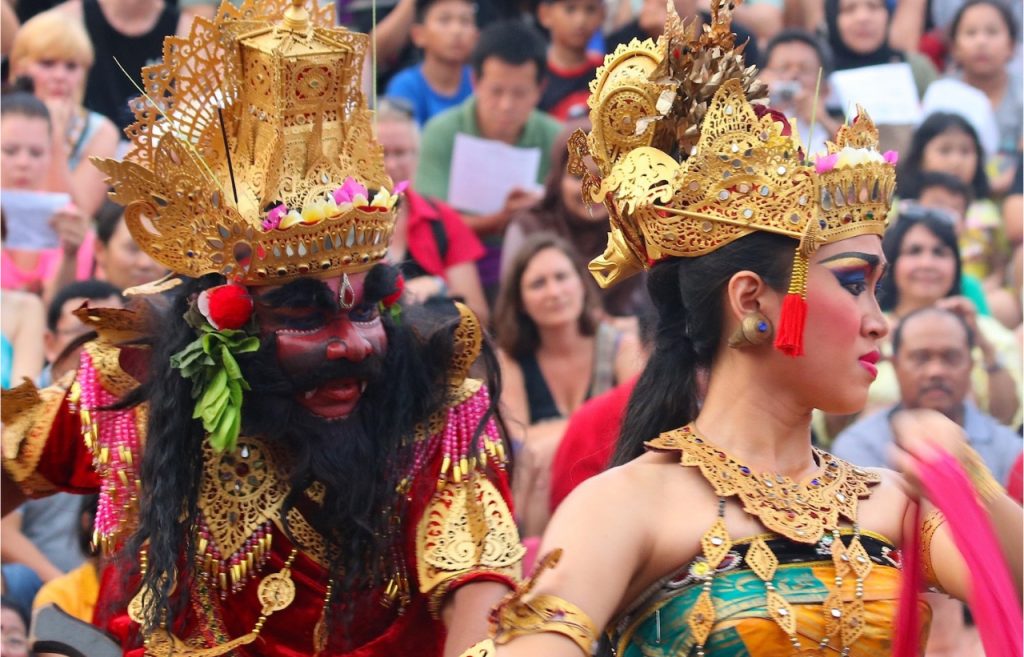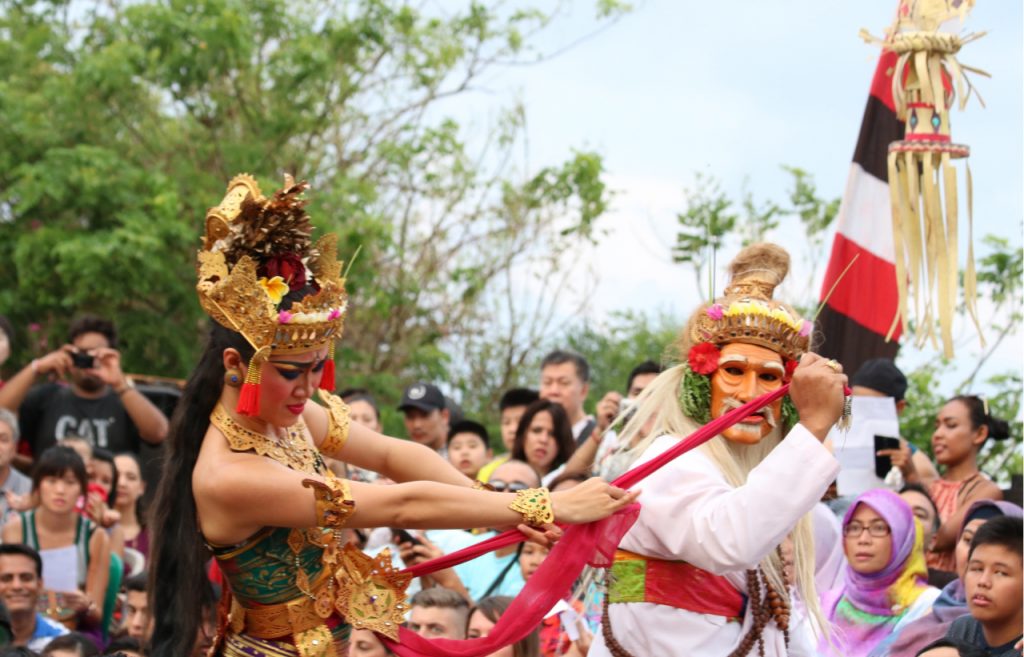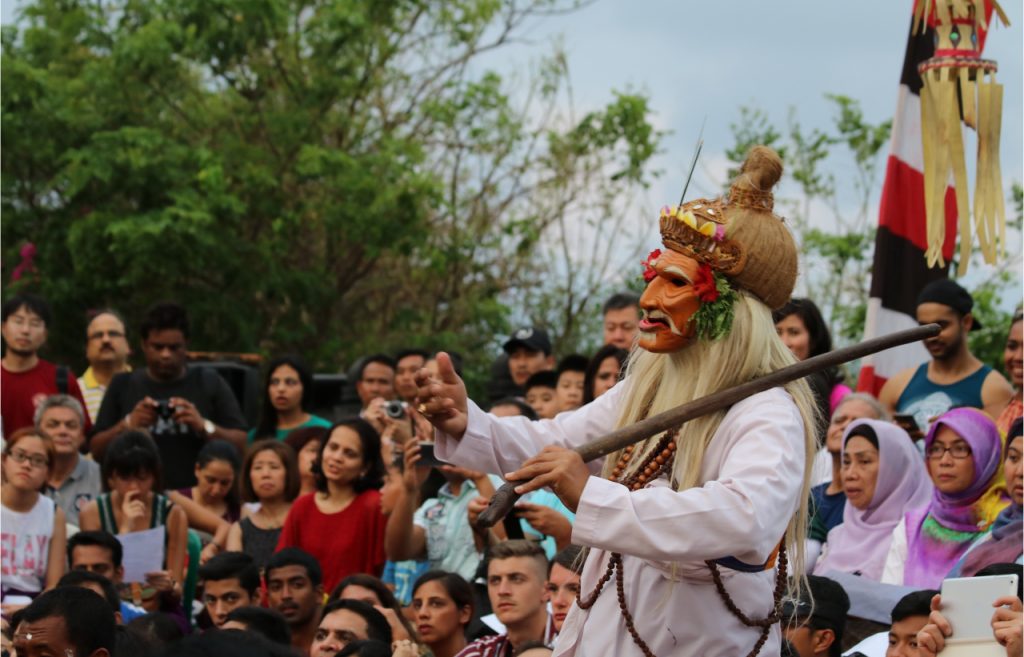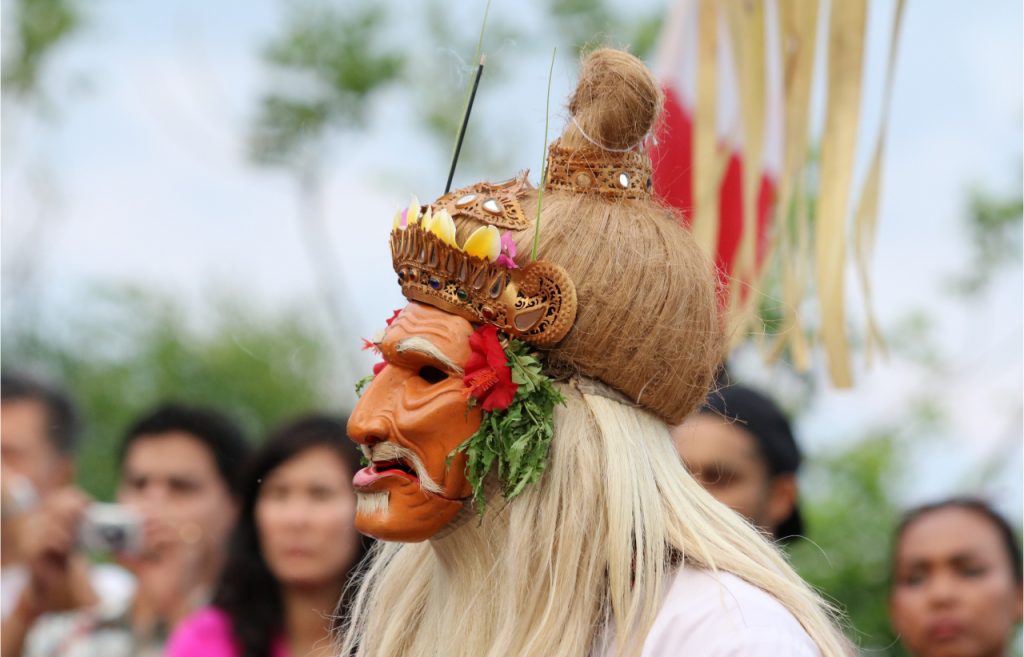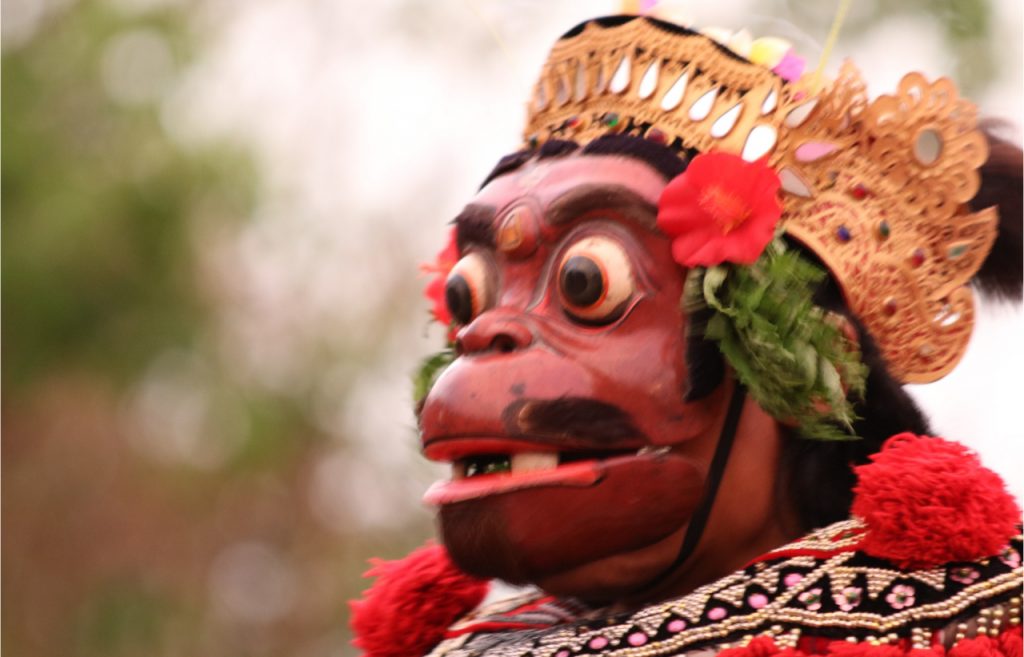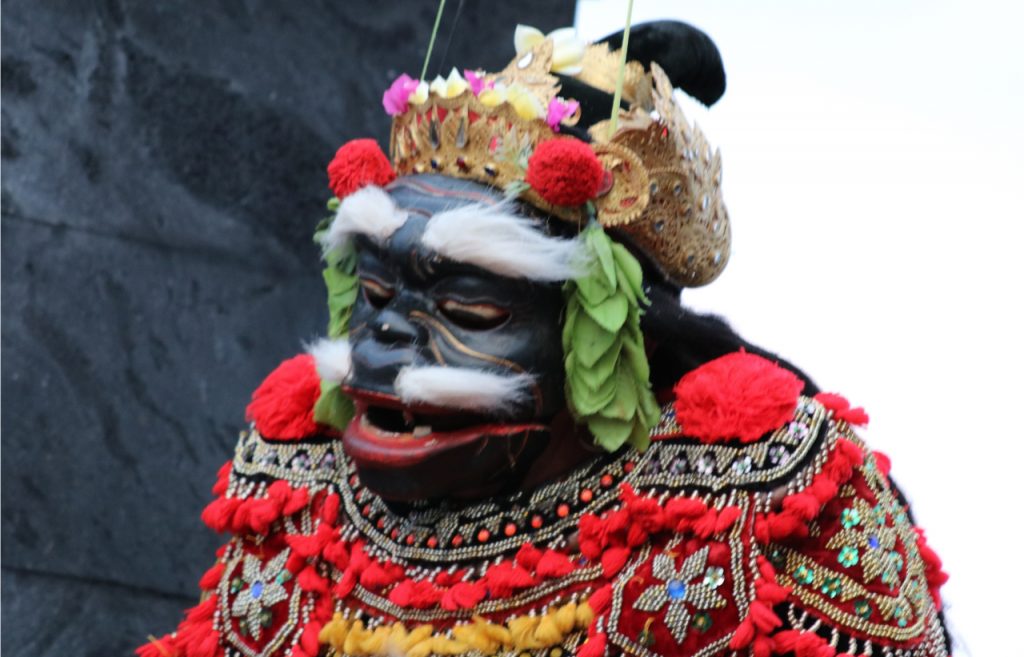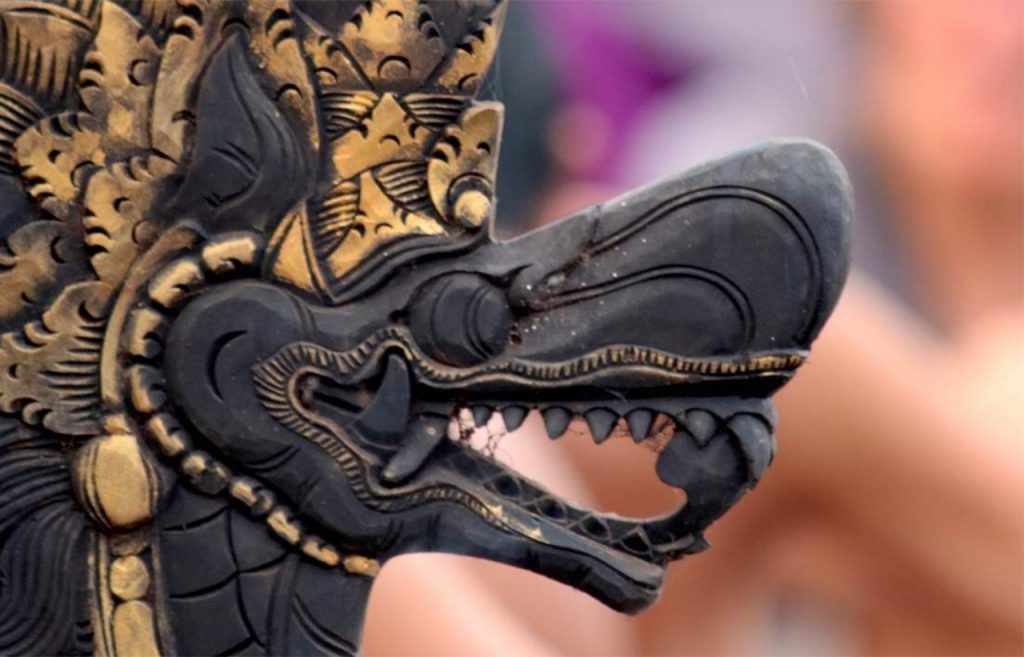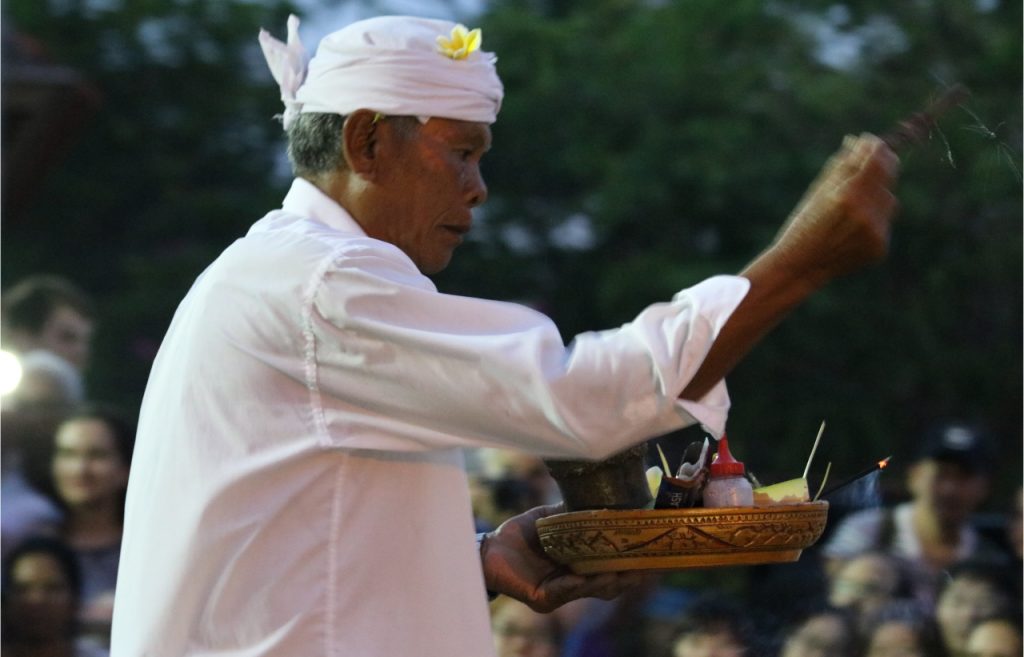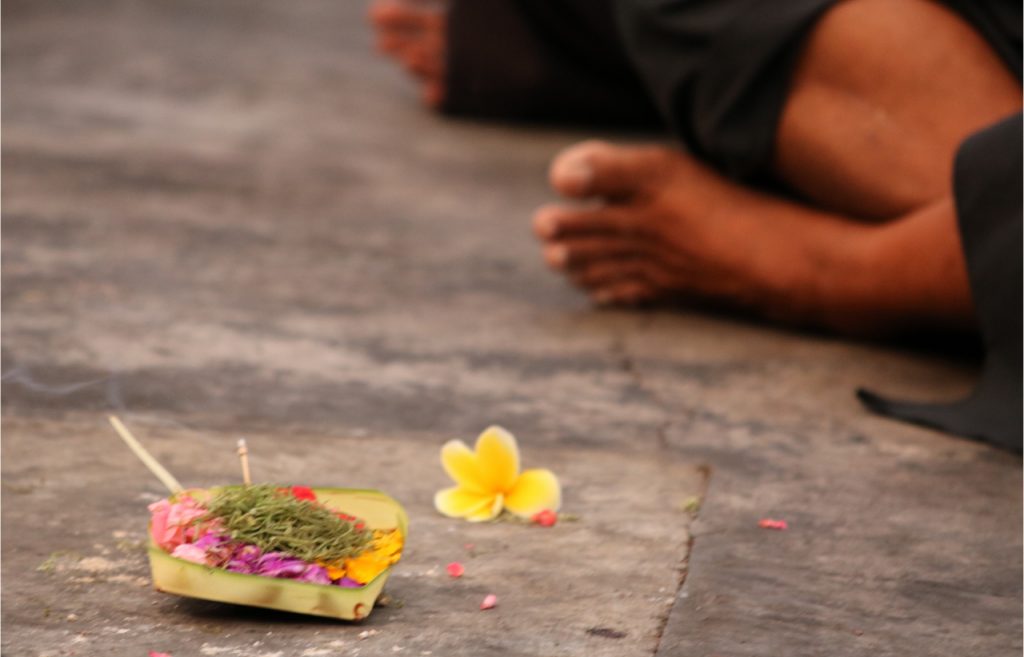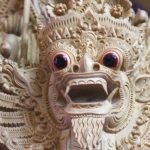“The almighty healing garlic” may sound pretentious, yet I assure you the Ancients would agree 100% with such a statement and for many good reasons as you shall see. One of the oldest cultivated plants on Earth, garlic has been regarded for thousands of years and much appreciated for its medicinal properties as noticed through empirical use. The objective of this review is to examine briefly the medical uses of garlic throughout the ages and cultures, as well as the role that it was considered to play in the prevention and treatment of diseases. First will have a look at the ancient medical and literary texts that talked about the healing properties of the garlic.
The garlic’s journey
Garlic has been in use for such a long time that one cannot pinpoint with certainty its place of origin. Various sources consider that garlic originated in western China from around the Tien Shan Mountains to Kazakhstan and Kirgizstan; from there it spread first to the Old World and then to the New World. According to different sources quoted by The Cambridge World History of Food, the cultivation of garlic in Western Europe is usually thought to have been stimulated by the Crusaders’ contacts with East in the eleventh, twelfth, and thirteenth centuries. However, much earlier, Charlemagne (724-814) listed garlic in his Capitulare de Villis and mentioned it as of Italian origin.
The Spaniards are responsible for introducing the garlic to the Americas. In Mexico, Hernan Cortes (1485-1547) apparently grew it, and by 1604, it was said in Peru that “the Indians esteem garlic above all the roots of Europe”. By 1775, the Choctaw Indians of North America were cultivating garlic.
By the nineteenth century, American writers mentioned garlic as among their garden esculents. It is also known that garlic grew wild in southwest Siberia and spread through southern Europe down to Sicily.
The Alliaceae family
Along with onions, leeks and shallots, garlic is a species in the plant family named Alliaceae. Garlic is low in calories and very rich in Vitamin C, Vitamin B6 and Manganese. It also contains trace amounts of various other nutrients such as Selenium, Fiber and decent amounts of calcium, copper, potassium, phosphorus, iron and vitamin B1. Garlic also contains antioxidants that protect against cell damage and ageing.
There are more than 100 varieties of garlic grown worldwide, but they are generally split into two major types. There are two major types of garlic (Allium sativum), hard-necks (Ophioscorodon) and soft-necks (Sativum), each one has its own varieties and sub-varieties.
Soft-neck garlic is most commonly seen garlic in grocery store. Its names derives from the multiple layers of creamy white or bright papery parchment covering the bulb and continuing up the neck. Hard-necked varieties are often much easier to peel than their soft-necked cousins.
- Soft-necked garlic — artichoke garlic (e.g. Applegate, California Early, California Late, Chamiskuri, Galiano, Italian Purple, Red Torch etc.) and silverskin garlic (e.g. Chet’s Italian Red, Inchelium, Kettle River Giant, Polish White, Creole etc.)
- Hard-necked garlic — porcelain garlic, rocambole garlic, and purple stripe garlic.
- Elephant garlic (Allium ampeloprasum) — another member of the Allium clan, elephant garlic, may look like a good buy because it is so large, but its flavour is very bland and tastes more like a leek; in fact, its flavour is slight and its healing properties are inferior to those of other garlic varieties.
The healing garlic – Romania’s strongest natural antibiotic
Just as in many other parts of the world, garlic has been used for centuries not just a great condiment for traditional dishes, but also as an effective medicinal plant which can treat a series of health problems. In Romania, it is said that garlic is our strongest natural antibiotic and there are many natural remedies made using garlic used for fighting back coughs, cold or bronchitis.
When used in different mixes or tinctures (with water, alcohol, ginger, vinegar, oil, etc), garlic can help with hypertension, liver or rheumatic pains, cleaning blood vessels, or regenerates hair growing. A potion especially prepared of garlic and vinegar is a great natural disinfectant for scratches, small wounds or cuts.
The ancient stories of all-mighty healing garlic
As already said, garlic has been used for thousands of years for its medicinal properties and not surprisingly, it all started with Ancient Egypt. Vodex Ebers (1500 BC), an Egyptian medical text, mentions 22 different treatments which included garlic prescribed for abnormal growths, parasites, circulatory ailments, insect infestation and general malaise; garlic macerated in oil for was used by Egyptian Copt Christians for skin diseases and for the new mothers after childbirth to stimulate milk production. Assyrians also used garlic as an antibiotic and to pack in rotten teeth cavities.
The Ancient Greeks
It was the ancient Greek physician Hippocrates (460-370 BC) who said “Let food be thy medicine, and medicine be thy food.” Although he was not referring to garlic, I thought this would be a great quote to use as the Ancient Greece texts have a generous number of references regarding the use of herbs and condiments used to treat various health problems, and garlic makes no exception. Known as the father of Western medicine, Hippocrates recommended garlic for pulmonary ailments, to aid in the release of the placenta, to treat sores, as a cleansing or purgative agent, and for abdominal growths, especially uterine.
Theophrastus (371-287 BC), a brilliant Greek connoisseur of alchemy, biology, physics, ethics and metaphysic, reported that garlic was used by workers harvesting roots of the poisonous plant hellebore to prevent the ill effects of the toxic plant.
Almighty garlic ailments
In his Historica Naturalis, the Greek physician Pliny the Elder (23-79 AD), also recommended garlic for 23 different ailments which treated toothache, hemorrhoids, consumption, animal bites (including shrew and scorpion), bruises, ear aches, tapeworms, epilepsy, insomnia, sore throat, poor circulation, lack of desire and neutralizing the effects of the poisonous plants aconite and henbane.
Pedanius Dioscorides (40-90 AD), the Greek physician, pharmacologist, botanist, author of De Materia Medica and chief physician of Roman emperor Nero’s army, recommended garlic to thin mucus and relieve coughing, to expel worms, for protection against viper and dog bites, to stimulate menstrual flow and to heal ulcers and leprosy.
Jews – the garlic eaters
Jewish regard themselves as “garlic eaters” or “garlic munchers”. In his book called “Garlic and Other Alliums: The Lore and The Science”, Eric Block says that
“garlic was so indelibly associated with Jews that the Nazis issued buttons of garlic plants to demonstrate the wearer’s ardent anti-Semitism and that ‘the mere mention of garlic by a Nazi orator caused crowd to howl with fury and hatred.”
Levi Cooper from The Jerusalem Post, also reports that eating garlic was so part of Jewish identity that the Mishna rules that if someone pronounces a vow prohibiting benefit “from those who eat garlic,” the one who pronounced the vow may not derive benefit from a Jew. The Mishnah (Mishna), the first major written redaction of the Jewish oral traditions, also known as the “Oral Torah”
The first Biblical reference to the garlic is when the Israelites were wandering in the desert and complained to Moses:
“We remember the fish that we ate in Egypt free of charge; the cucumbers, melons, leeks, onions, and garlic.” (Numbers 11:5).
The Talmud, as well as other Jewish sages, mention several qualities of garlic: it satisfies hunger, it warms the body, it illuminates one’s face, it kills parasites in the intestines; garlic also affects a person’s mental health as it gladdens the heart and therefore eliminates jealousy.
As you read in my previous article, The Magical Garlic, Prophet Mohammed did not favour garlic consumption, yet he does recommend it to be applied externally on the sting of the scorpion or the bite of the viper.
China
The use of garlic in China dates back thousands of years and it was prescribed for removing poisons from the body, preventing plague, supporting respiration, helping digestion, treating diarrhea, fatigue, headache and insomnia, and controlling worm infestations.
It may have been used as a treatment for depression and to improve male potency. Chinese also used garlic as a food preservative, believing that it can eliminate the noxious effects of putrid meat and fish and to treat unwholesome water.
India – garlic, “a poor man’s gold”
In India, garlic is known as “a poor man’s gold” due to its healing qualities. 3000 years before Christ, Charak, the father of ayurvedic medicine, stated that garlic strengthens the heart and maintains blood fluidity. Garlic is extensively used in the three leading medical or healing traditions, the Tibbi, Unani and Ayurvedic. Just like in other parts of the world, applied externally garlic helped heal cuts, bruises and infections. Garlic was also appreciate for both its anti-aging (“Rasayana”) and aphrodisiac qualities.
There are also other medical Indian texts that talk about the use of garlic in treating various health problems:
- Charaka-Samhita (written around 400-200 BC) recommends garlic for the treatment of heart disease and arthritis;
- The Bower manuscript (300-550 AD) mentions that garlic is used to treat weakness, fatigue, infections, infestations, worms, and digestive problems;
- Dymock, in Pharmacographia Indica (1890), reports that garlic was used to treat many ailments such as coughs, mucus, gonorrhoea, colic, fevers, swellings, rheumatism, worm infestation, hysteria, flatulence, sciatica, and heart disease;
Strength & courage
We could easily say that garlic was one of the earliest “performance enhancing” substances. A portion of garlic was daily given to pyramid workers as it was believed to improve their strength and stamina. Roman sailors and soldiers also loved the garlic for giving them strength and courage. Just like the Egyptians, Greek athletes and workers used garlic to increase strength. The story goes as far as saying that the Olympian athletes chowed down on the fragrant herb before they competed.
This would be all for now about the healing properties of the garlic. Soon I’ll be back with the second part of this article. I’m sure it will raise men’s interest. It’s called The Almighty Aphrosidiac Garlic.
READ MORE: Garlic Stories
This series of articles is dedicated to the almighty garlic. That was not my initial intention, but that’s how it turned out. The things I found out while doing my research were far too fascinating, so I thought they worth sharing. So, you have several articles based on well-researched and selected information about garlic, vampires, myths and its medical use.
- The Magical Garlic – Vampire Stories from All Over the World
- Romanian’s Garlic Customs and Traditions
Bibliography:
1. Aggarwal, Bharat B. Mirodenii vindecatoare. Brasov: Adevar Divin, 2016. Print
2. Ahn, Karen. The ultimate garlic cheat sheet: which type goes best with what, 2014.
3. Block, Eric. Garlic and Other Alliums: The Lore and The Science. Royal Society of Chemistry, 2015. Kindle.
4. Christopher, John. R. Garlic: Man’s best friend in a toxic world.
5. Ciausanu, Gh. F. Superstitiile poporului roman. In asemanare cu ale altor popoare vechi si noi. Bucuresti: Saeculum Vizual, 2014. Print.
6. Fischer, Eugen. Dictionarul plantelor medicinale. Bucuresti: Gemma Press, 1999. Print.
7. Garlic-Central.com. Garlic as an aphrodisiac.
8. Garlicmatters.com. Garlic plant structure.
9. Greyduckgarlic.com. History of Garlic.
10. The Guardian. The best garlic varieties: a guide, 2013.
11. Johns, Jason. Growing Garlic – A Complete Guide To Growing, Harvesting and Using Garlic. CreateSpace Independent Publishing Platform, 2017. Kindle.
12. Kiple, Kenneth F. The Cambridge World History of Food, Volume 2 (Part 2), 2000. Kindle.
13. Leech, Joe. 11 proven health benefits of garlic, 2017.
14. Nordqvist, Christian. Garlic: Proven health benefits, 2017.
15. Popescu, Lidia Maria. Ciuperci, plante si rezine biblice. Utilizari terapeutice. Bucuresti: Tehnoplast, 2007. Print.
16. Porritt, Gwen. Garlic. 2007.
17. Rinzler, Carol Ann. The Wordsworth Book of Herbs and Spices. New York: Curmeberland House, 1990. Print
18. Smith, Dylan. Exposing the biggest myths in Ayurveda: onion & garlic are prohibited. 2016.




